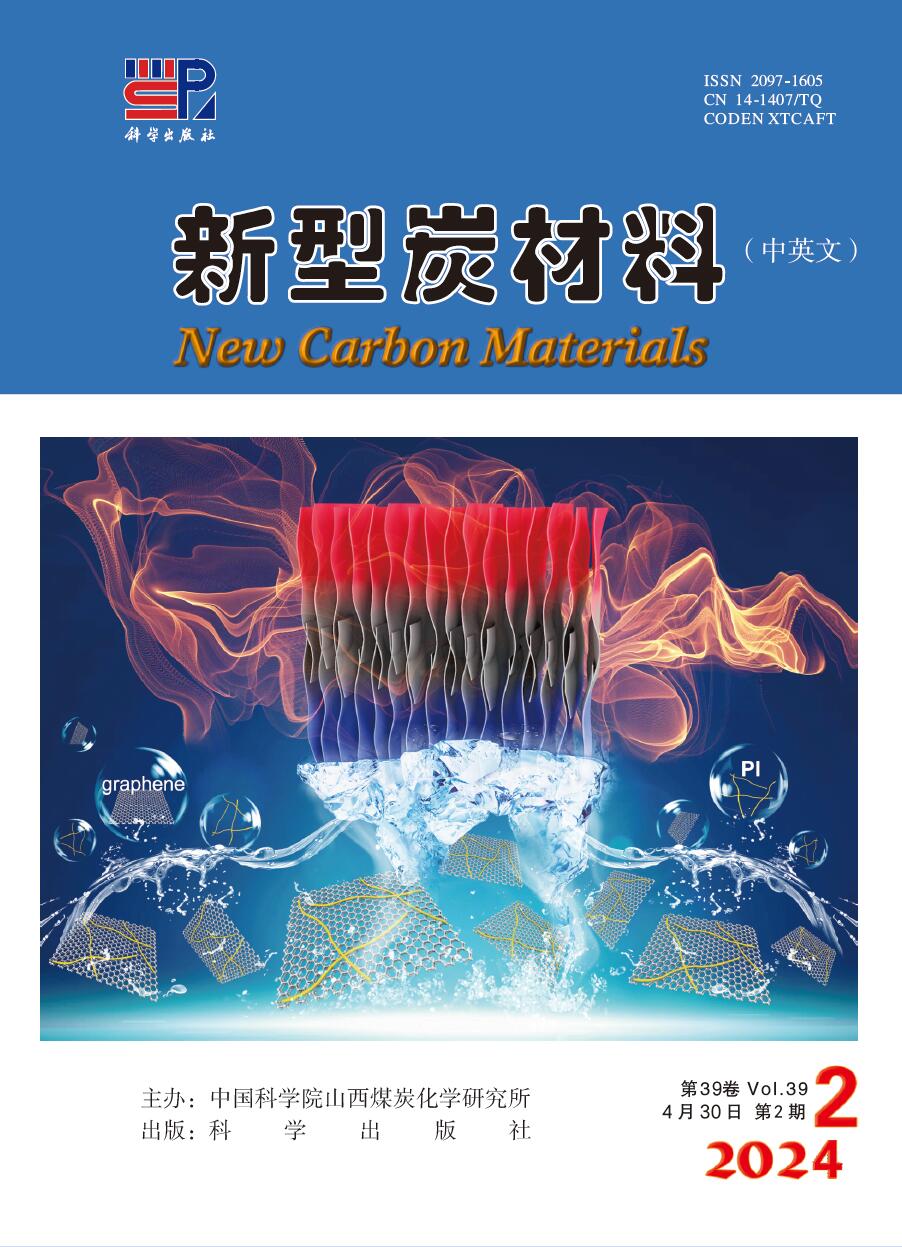2013 Vol. 28, No. 2
2013, 28(2): 81-87.
doi: 10.1016/S1872-5805(13)60068-2
Abstract:
2013, 28(2): 88-93.
Abstract:
2013, 28(2): 94-100.
Abstract:
2013, 28(2): 101-107.
Abstract:
2013, 28(2): 108-114.
Abstract:
2013, 28(2): 115-120.
Abstract:
2013, 28(2): 121-126.
doi: 10.1016/S1872-5805(13)60070-0
Abstract:
2013, 28(2): 127-133.
Abstract:
2013, 28(2): 134-139.
doi: 10.1016/S1872-5805(13)60072-4
Abstract:
2013, 28(2): 140-145.
doi: 10.1016/S1872-5805(13)60073-6
Abstract:
2013, 28(2): 146-150.
Abstract:
2013, 28(2): 151-155.
Abstract:
2013, 28(2): 156-160.
Abstract:


 Abstract
Abstract PDF
PDF

 Classified Collection
Classified Collection

 Email alert
Email alert RSS
RSS Download
Download Links
Links

